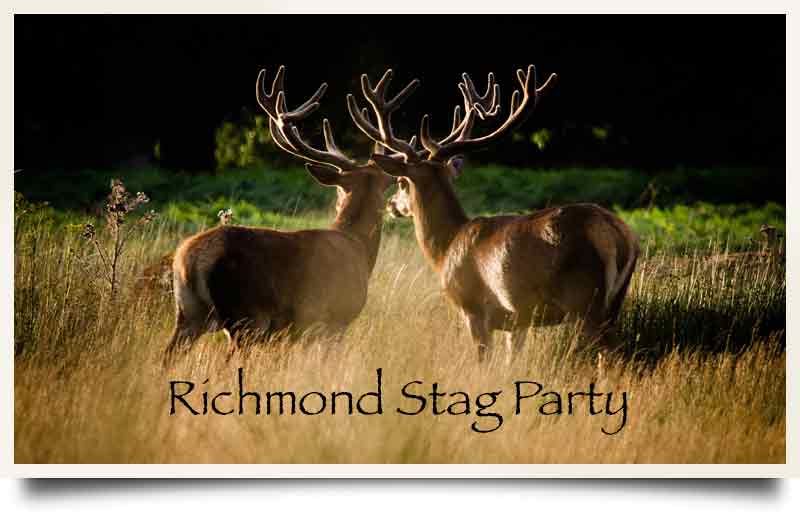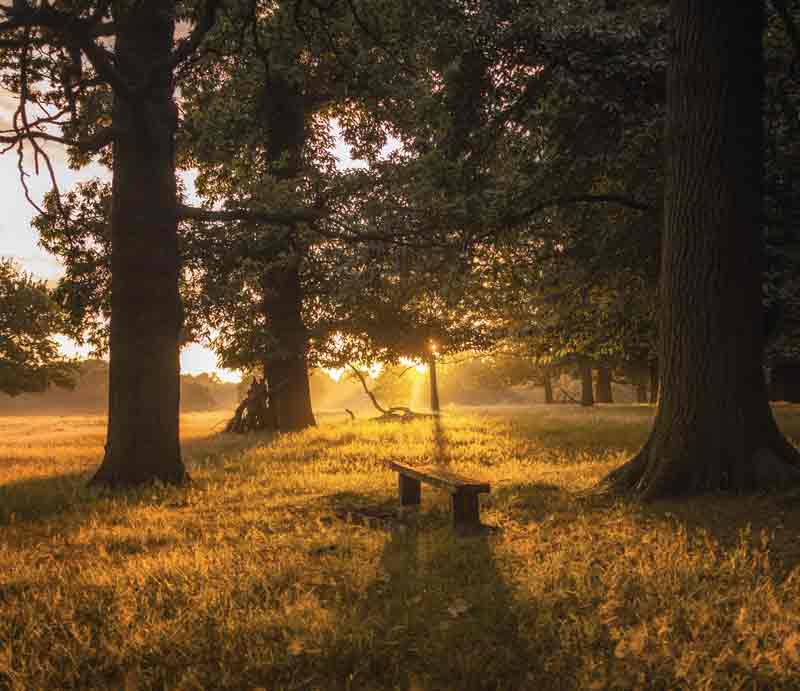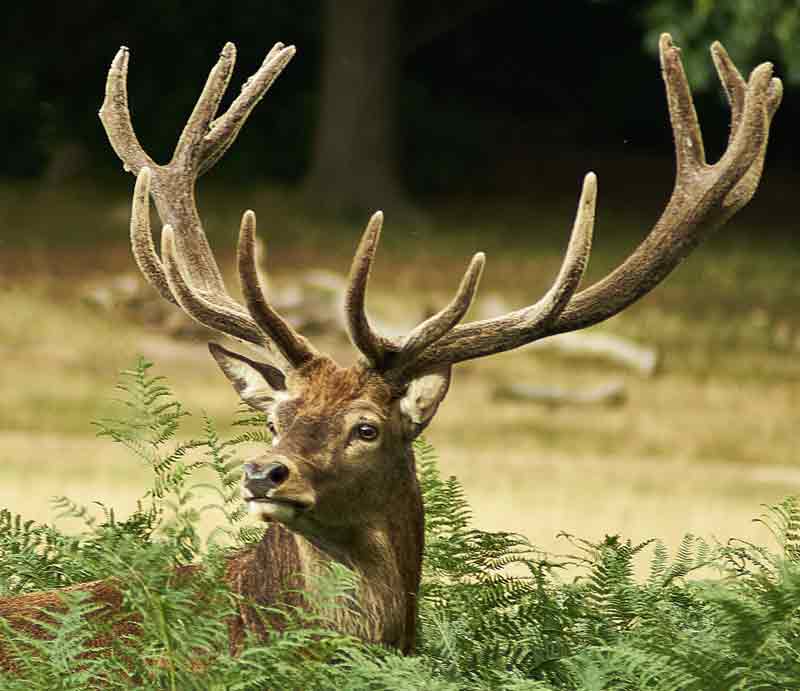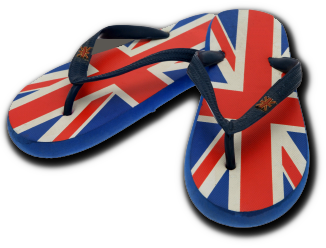Richmond Park is home to a number of historic buildings including White Lodge, which is home to the Royal Ballet School, and Pembroke Lodge, the home of Lord John Russell the 19th century British Prime Minister and his grandson Bertrand Russell the philosopher. Other buildings of interest are Thatched House Lodge, Bishop's Gate Lodge and Holly Lodge.
Richmond Park London Private Guided Tours

Richmond Park is the largest of the eight Royal Parks of London and is well known for its wide open spaces and herds of free-roaming deer. The park covers 2,500 acres and is a National Nature Reserve. There are open areas of parkland, open slopes, woods and copses, a woodland garden and tea room.

Fancy something a bit more physical? Then you can always try your hand at horse riding, golf or power kiting. Visitors can also hire a bike for a bit of off-roading along the Tamsin Trail park circuit.
Using the telescope on King Henry’s Mound you can see St Paul’s Cathedral in the distance as well as the park's ‘The Way’ gates, which were added in 2010 to mark the tercentenary of the cathedral. There are a number of other interesting historic gates to be be seen at the park including Kingston Gate dating from 1898, Ham Gate and Robin Hood Gate.
Royalty
In 1625 the area of higher ground above Richmond was turned into a deer hunting park by King Charles I after he moved his court to Richmond Palace in order to escape the London plague. The land became known as the king's 'New Park'. Twelve years later the King made an unpopular decision to enclose the area but pedestrian access was still allowed. The park walls still exist in some form or other.
During the Commonwealth the park was handed to the Corporation of the City of London. After the Restoration, King Charles II regained ownership of the park. The future King George II and Queen Caroline purchased Richmond Lodge to be used as a country residence. Prior to this the lodge had been used for hunting by King James I and had also been used by King William III.
A grand avenue called the 'Queen's Ride' was cut through woodland in 1736 and private entrance gates constructed to facilitate ease of journey for Queen Caroline. There was outcry in 1751 when Princess Amelia, Caroline's daughter, closed the park to the public, however this rule was later legally overturned. Greater public access was granted by King Edward VII and facilities added to the park.
Sports facilities were introduced after 1915 including a golf course, which was opened by King Edward VIII in 1923 before the abdication.
Food & Drink
Set on the highest part of the park and with magnificent views is Pembroke Lodge - a stunning Georgian Mansion. At the Butler’s Pantry there is indoor and outdoor seating and hot lunches (one meat, one fish and one vegetarian dish), sandwiches and children's meal boxes are available. Picnic boxes can be also be pre-ordered. You can even get married at the Lodge!
At the Roehampton Gate car park is the Roehampton Café, which serves a selection of hot food, deli items, coffee and teas with both indoor and outdoor seating available. There's an adjoining ice cream parlour for those hot summer days.

Nature
Richmond Park is an important site for its abundance of ancient trees including the 750 year old Royal Oak. There are many rare species of flora and fauna in the park including birds, bats, grasses and wildflowers.
There are also a number of rare species of fungi and beetles including the endangered Stag Beetle.
The Isabella Plantation is a stunning woodland garden dating back to the 1830s. The garden is known for its evergreen azaleas which line the streams and ponds providing habitat for invertebrates and amphibians. Shelter and food for bats, birds and insects is provided by nectar and berry bearing shrubs and trees.

 Book Tour
Book Tour


